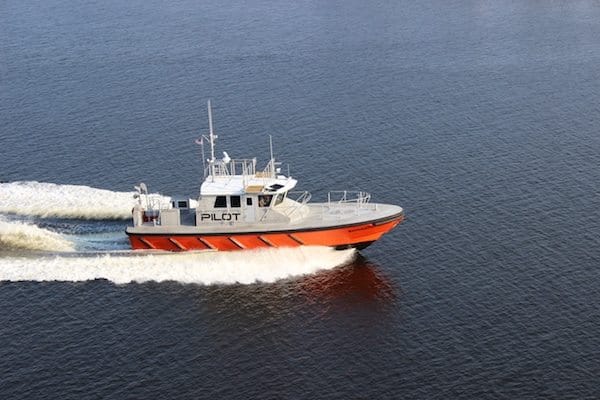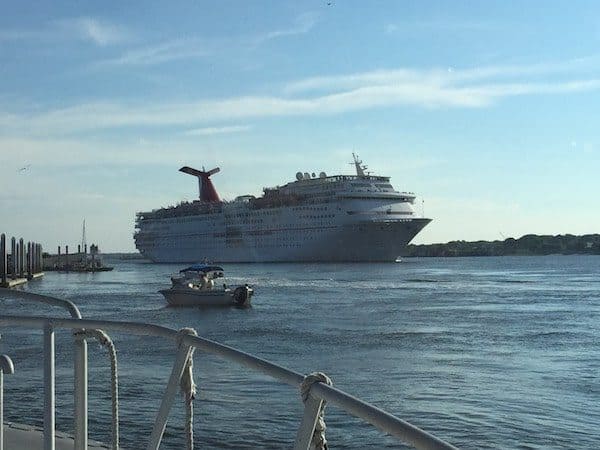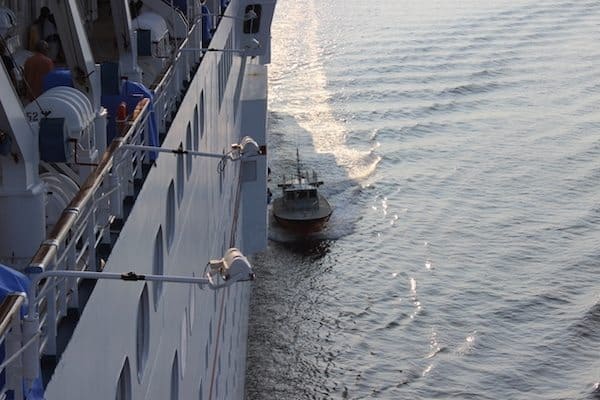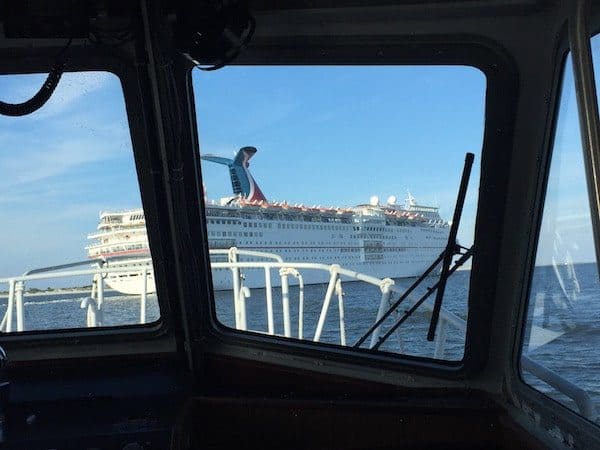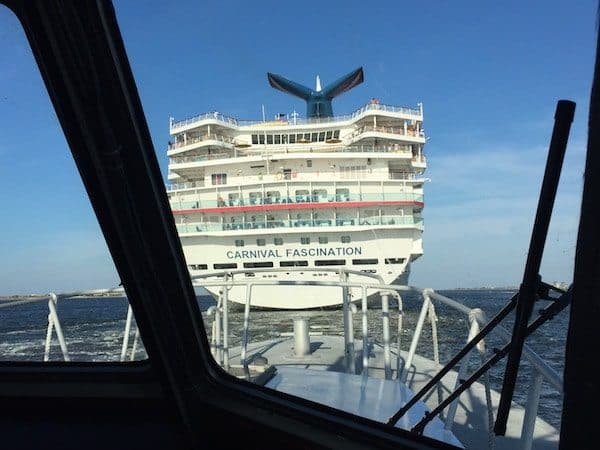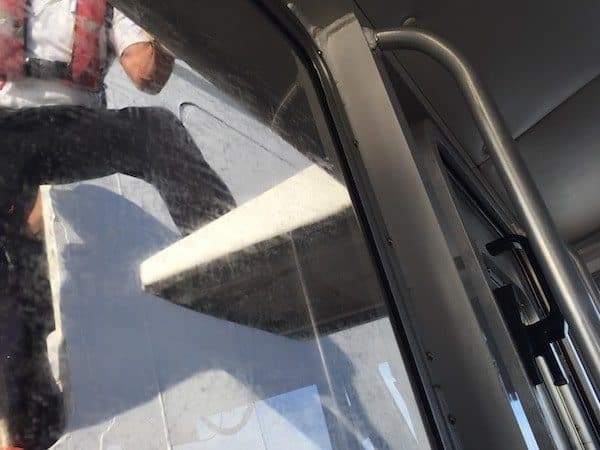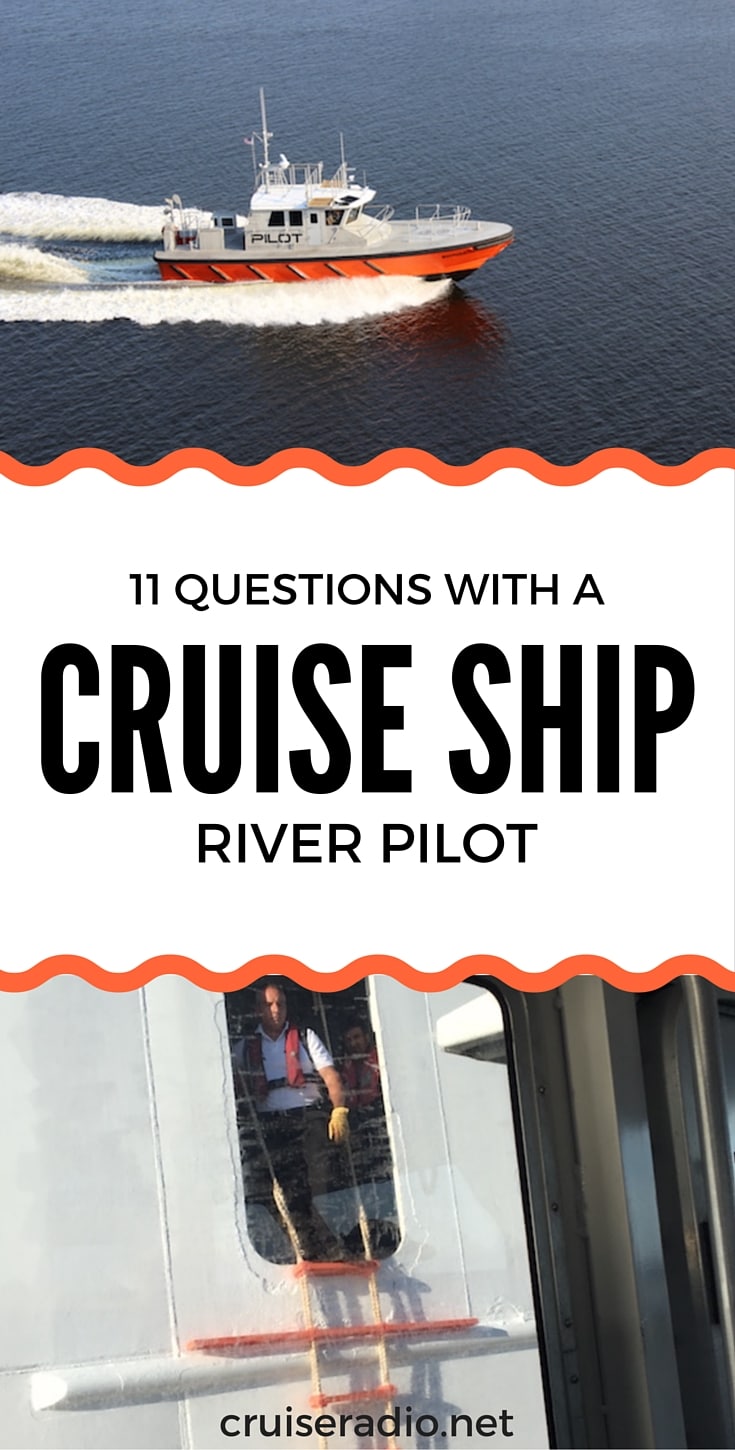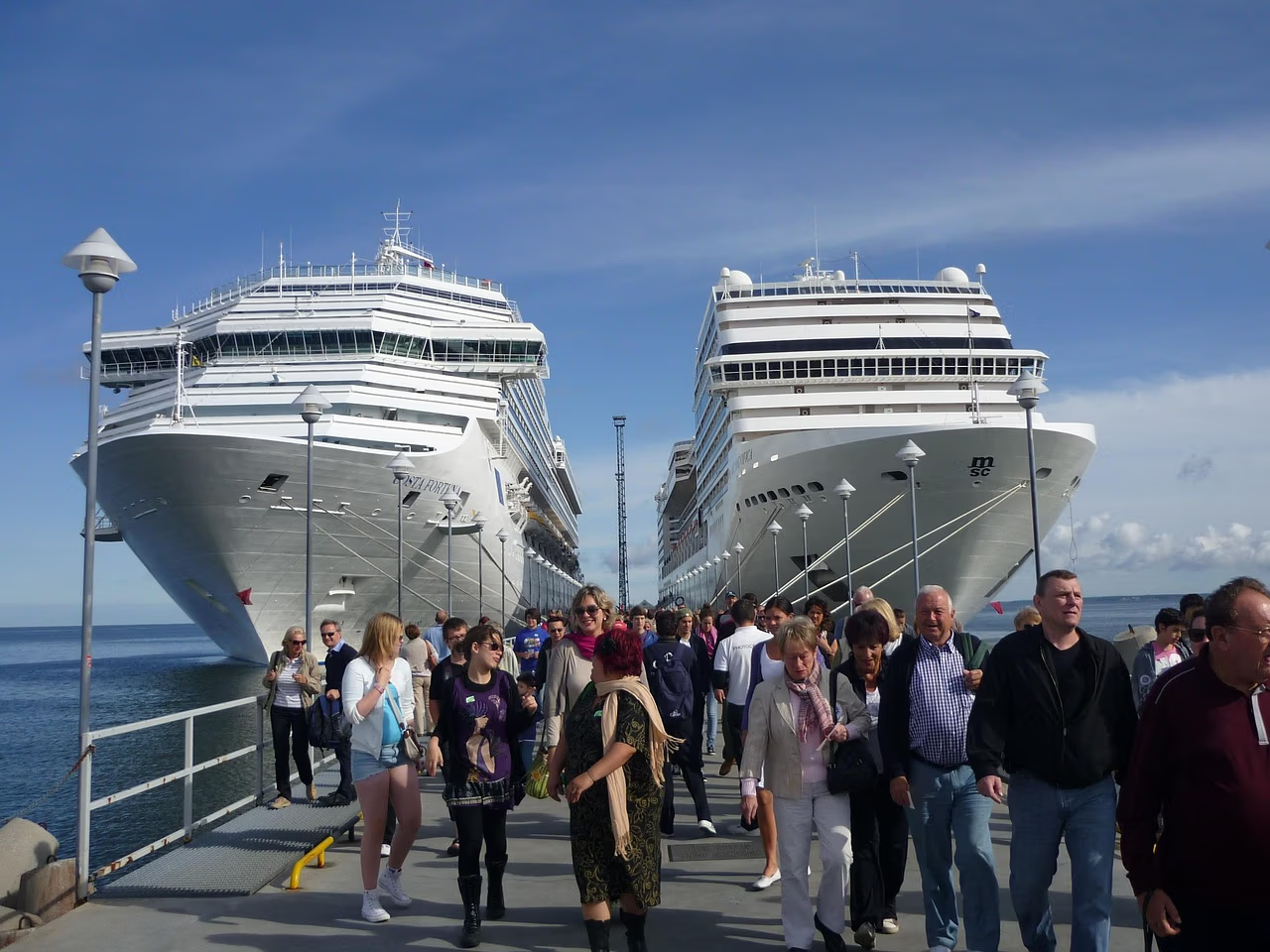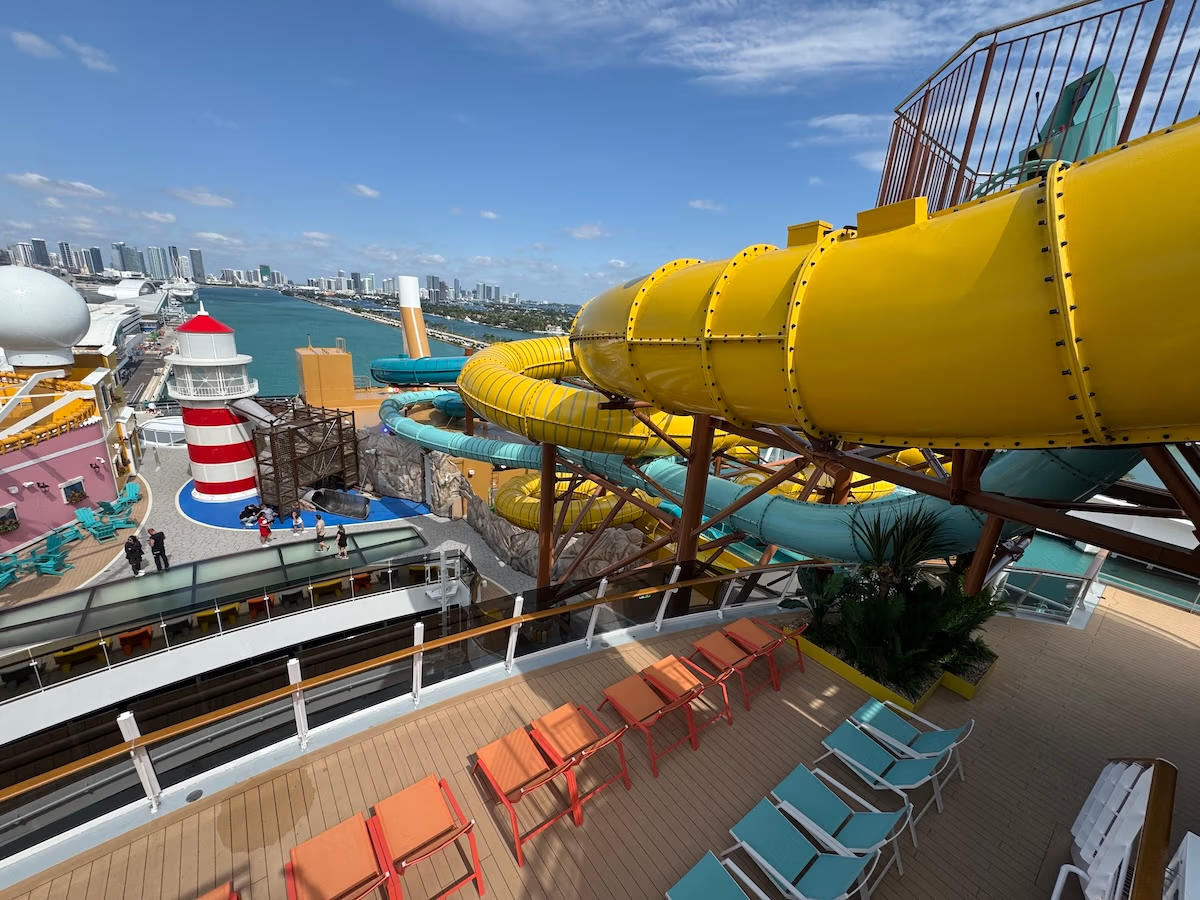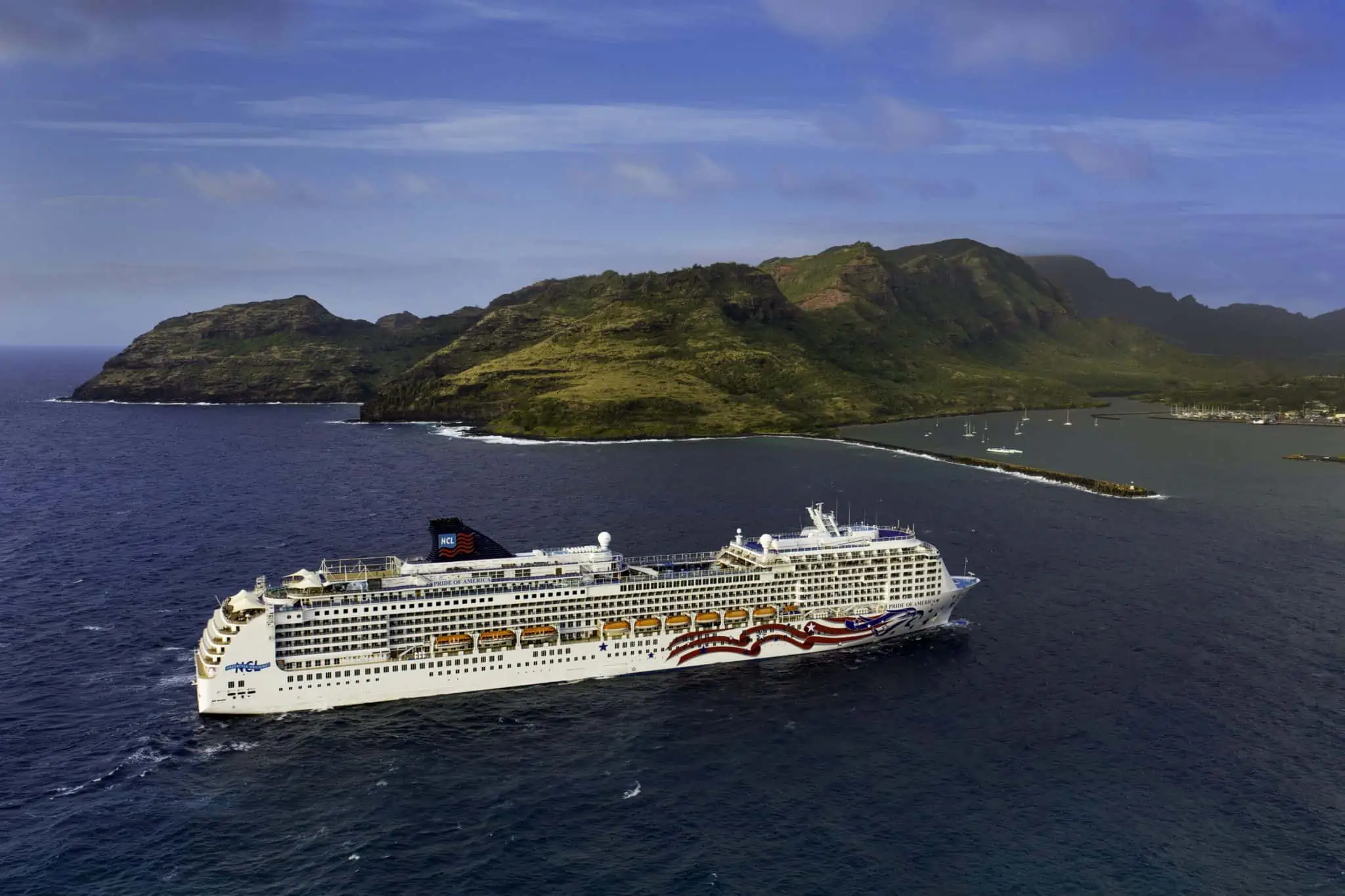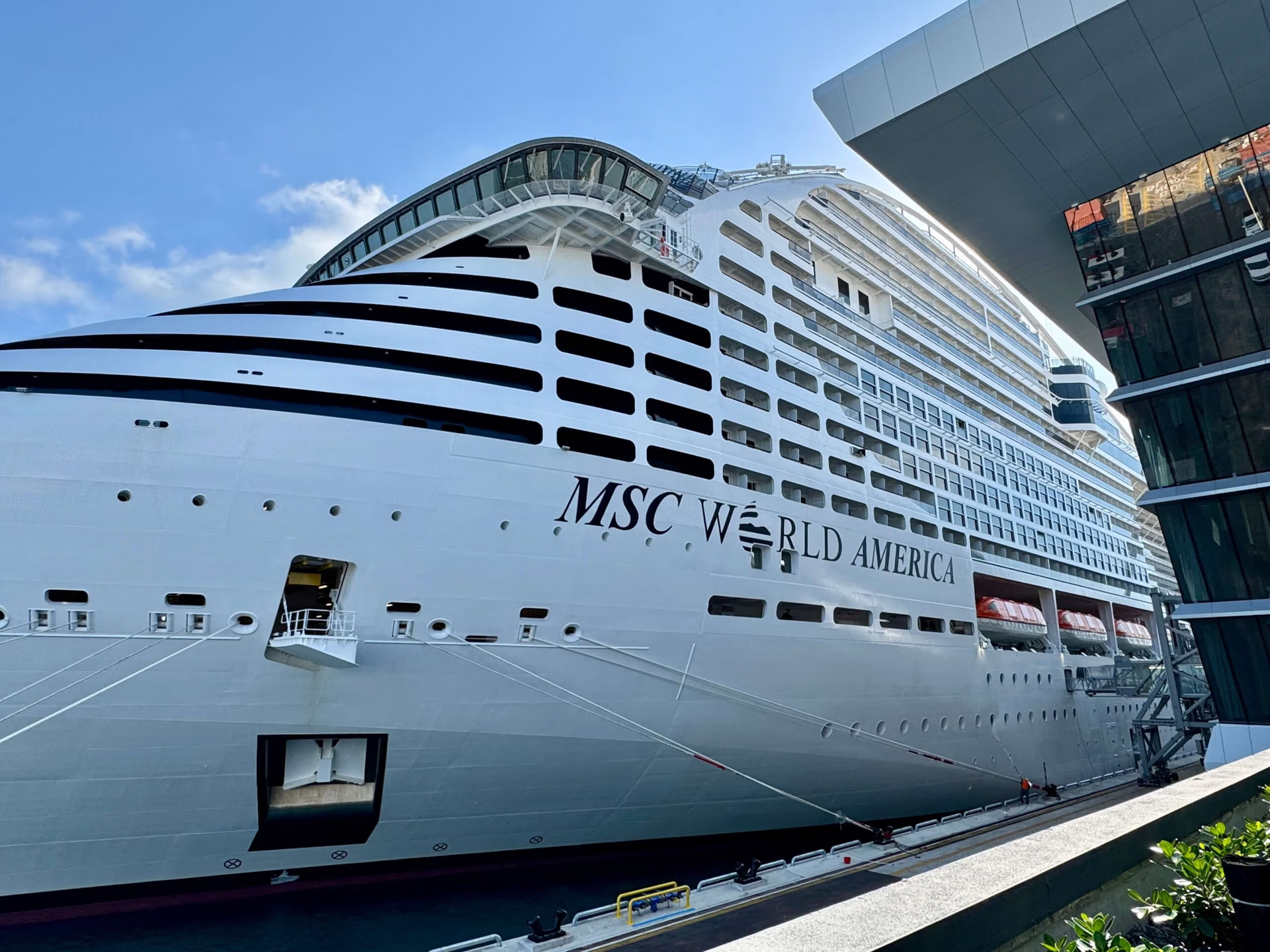We had the chance to sit down and talking with Captain Bryson, a harbor pilot in the St. John’s River in Jacksonville, Florida.
1. Tell us a little bit about yourself.
Well, I’ve been a harbor pilot for Jacksonville for 20 years. I graduated from the United States Merchant Marine Academy in 1977. I began my formal maritime training at the age of 12 on the sailing ship Joseph Conrad. And I started sailing as Master at the age of 26 on [0:24] vessels and on ocean-going vessels at the age of 31. In the years between graduation from the Academy and my promotion to Master, I sailed as deck officer on vessels worldwide and primarily as chief officer. And I maintained a commission in the U.S. Naval Reserve as well. I served as President of the Local Saint John’s Bar Pilot Association here in Jacksonville, as well as the Florida Harbor Pilots Association. Currently I serve on the Board of Pilot Commissioners for the state of Florida.

2. What exactly does a harbor pilot do?
Pilots for the state of Florida are independent contractors that belong to member associations within the state’s pilot region. We’re responsible for directing and controlling the movement of vessels, cargo and cruise vessels into and out of Florida’s 14 deep-water ports. As harbor pilots, our duty to act in the public interest and maintain independent judgment from any outside influence that could jeopardize public safety.
3. Does every ship that comes into the river require a harbor pilot on it?
All non-U.S.-flag cargo and cruise ships must take a state-licensed harbor pilot when entering [1:45] to Florida. U.S. flag cargo and cruise vessels are not required by statue to take a state pilot. It is exceedingly rare for them to not take a pilot, and they do this because it allows them to maximize their cargo load. We can get them in and out a port when typically other people cannot.
4. People have this misconception that’s there this big wheel on the bridge and you just steer the ship up and down the river. Surely it isn’t that easy?
Oh no, it’s not. Not to go into it at this point, but difficulties getting on and off the ship which, you know, is our first experience on the ship. When we get to the bridge of the ship, our job is to familiarize ourselves with the ship’s navigational equipment, performance characteristics, the working condition of the machinery, as well as our ability to communicate with the crew on the bridge. While English is the language of the sea, it’s not spoken well by every nationality. Sometimes the processes distill down to 20 or 25 distinct words of English.
In the course of piloting vessels, we have to remain constantly vigilant. The slightest lapse in concentration can really result in a major disaster. The magnitudes of the risks involved are very high: loss of life, massive environmental damage, massive property damage. And for us, in the event of a significant incident, we face not only the loss of our license, but the end of our career, personal financial ruin, and massive uninsurable liabilities as well as possibility of imprisonment.
5. Talk to us about the transfer process from the pilot boat to the cruise ship.
The transfer process from the pilot boat to the vessel, or vice versa from the vessel to the pilot boat, is one of the riskiest parts of our job. We have a very high-risk profession. The risks we face are unlike the risks faced by other mariners and having been in the maritime profession for a substantial amount of time prior to being a pilot, I also speak to that personally. We’re moving from pilot boats to vessels at sea often during poor weather conditions, you know, heavy seas, just very dangerous. This involves transferring while the pilot boat and the vessel boat are moving very differently.
Pilots are frequently injured. I’ve been badly injured in a boarding accident and it was nine months of pretty intense rehabilitation before I could even go back to work. Pilots are frequently injured, and sometimes they’re killed.
Speaking directly to Doug and his great uncle, when he was a harbor pilot and there was a horrible tragedy. I know your grandfather spoke often of it. You know, it’s a terrible thing, and it’s just a part of life.
6. I was on the Navigational Bridge on the Celebrity Solstice back in 2010, and they said they were going to digital charts. Are you still using paper charts for the river, and will they always be around?
We use electronic charts on some of our piloting instruments. But while I think paper charts will always be around as a safeguard against some kind of technological failure on the vessel, we are presumed to have memorized the chart so we can react instinctively to the navigation of the vessel. But we do not refer to the charts as part of our minute-to-minute navigation on the vessel.
7. Do you find that private boaters are respectful for the most part; or can they be rude when you’re navigating a ship?
Well sometimes it seems like they’re rude. But I think it comes down more to a process of education for the small boaters. For us, they’ll disappear under the bow. But to them, it looks like we’re five ship lengths away or more. It’s a matter of perspective. They can be a nuisance, they can be a danger. Here in Jacksonville, we rarely have problems. I know other ports have substantial problems with small boats. And we rely on the law enforcement agencies to police that.
8. To what extent do river currents affect navigation?
Well they affect navigation tremendously. Whether you have a flood current or an up-current in the Saint John’s River, it’s a whole different dynamic for handling the vessel. We have had to place restrictions on certain vessels coming into the river just because it is so difficult to turn them against the current past a certain craft. It has a tremendous affect.
10. Will computers ever take the job of a river pilot?
In my opinion, no. I don’t think that at any level artificial intelligence is going to have developed the ability to essentially look into the future and anticipate what’s going to happen. Instrumentation can only be reactive, it can’t be proactive.
11. It seems like such an incredibly fun job, obviously a very challenging job. Is it as much fun as it appears?
It certainly can be. I mean iIt’s a tremendously fulfilling job. It’s a difficult job, and I know at the end of each task, I have accomplished something that I take pride in.
Pin this!

